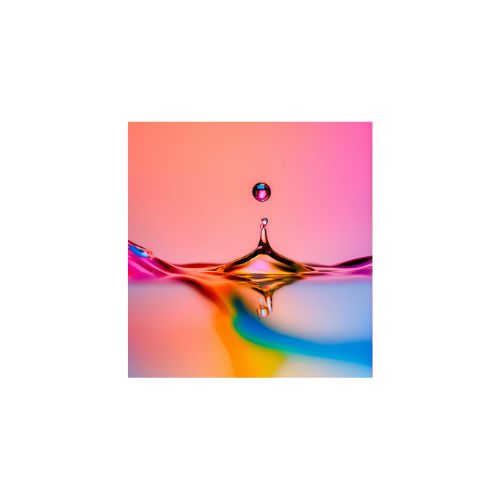
4. Rainbow Spectrum
Share
“The Delightful Mystery of the 42° Rainbow”
Have you ever wondered why rainbows always appear at just the right spot in the sky, like nature’s own game of connect‑the‑dots? The secret lies in a wonderfully precise aspect of light.
Light’s Raindrop Dance-
Refraction & Reflection: Sunlight enters a raindrop and bends, bounces off the back, then bends again as it exits.
-
Color Dispersion: This bending splits white light into its seven vibrant hues: red, orange, yellow, green, blue, indigo, and violet.
-
Rainbow Angle: Each color waves at a slightly different angle—but the brightest, primary bow emerges at about 42 degrees from the sun’s original light path.
-
Cone of Color: Imagine a giant, invisible cone of light with your eye at the tip. Only drops sitting on that 42° cone reflect the perfect rainbow back to you.
-
Sun Behind, Rain Ahead: To see a rainbow, the sun must be at your back, and the rain in front—so grab an umbrella (just in case) and look over your shoulder

Fun Facts
-
From an airplane, you might glimpse a full circle rainbow—because nothing’s blocking the bottom half.
- Have you been to Niagara Falls ?-Niagara Falls produces over 2,500 rainbows each year, earning the nickname "Rainbow Capital of the World." The consistent mist combined with the falls' height makes it a prime spot for these rainbows to appear regularly throughout the year. Niagara Falls is famous for its nearly constant rainbows—so much so that, from high vantage points like the Skylon Tower, visitors can sometimes see a full‑circle (360°) rainbow arching over the mist.
- That precise 42° angle comes straight from the laws of optics, proving that even nature loves a little math. 😉

Taken after a storm in front of my home.
